Meta Linden has provided an update on SL metrics. Australia is steady on 1.48% of the overall SL population:
1. As at 31st January there were 2,615,199 unique residents.
2. Ten percent of that is 261,519.
3. 1.48% of THAT is 3870.
So there’s certainly been growth and the March figures should be interesting as they’ll reflect the surge in registrations via the BigPond presence. Our estimate at present is that there’s around 5000 active Australian users now.
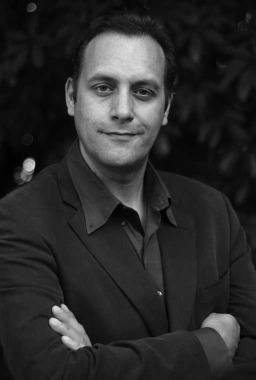
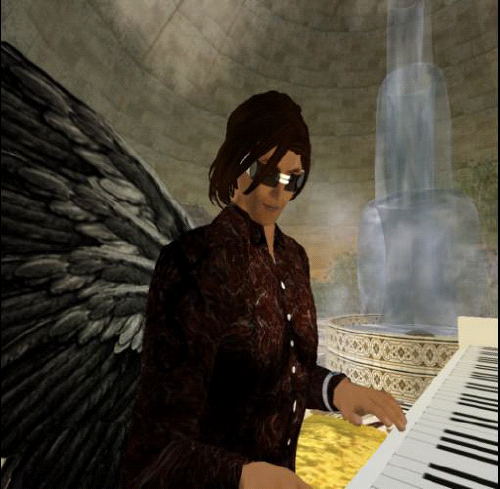

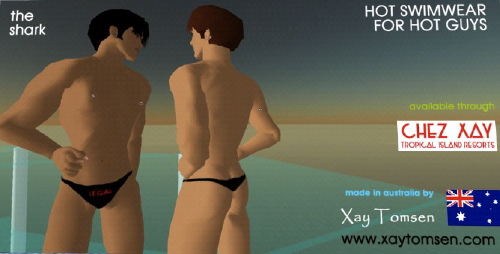
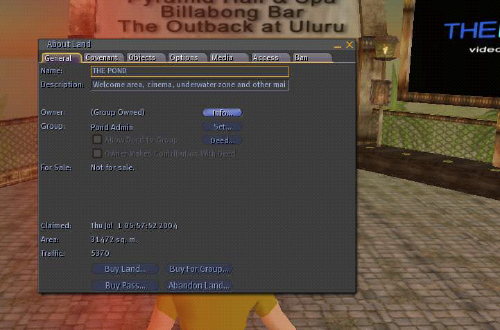
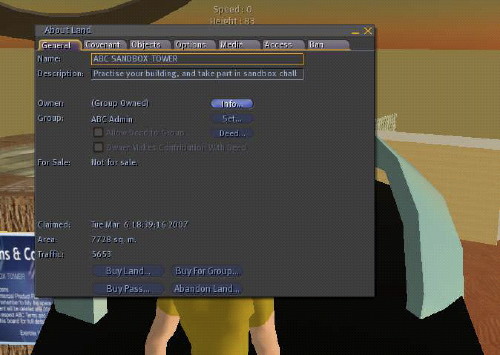
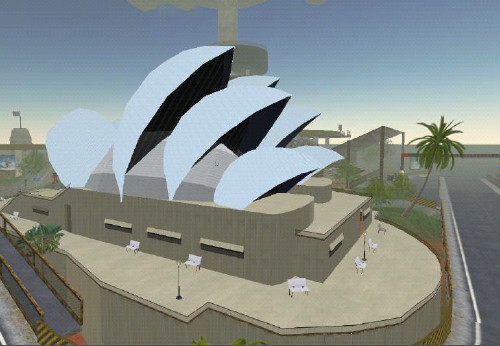
Recent Comments